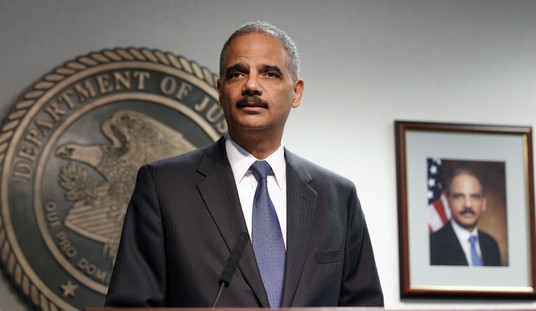This is a rather oddball topic to address given all of the other craziness consuming the world at the moment, but since the Wall Street Journal found it fit to print, I thought I would chime in because it’s one of my own pet peeves. In the early days of the Internet and particularly during the advent of e-commerce, the concept of customer rating systems surged in popularity. Consumers would go online and provide ratings for businesses, particularly restaurants, generally in the form of a five-star scale. It was a noble idea, really. You could look at the experiences of other consumers and take that into consideration when evaluating your options.
But over the years, the system has broken down. The WSJ article focuses almost entirely on ride-sharing services such as Uber and Lyft. The main complaint is that, at least for ride-sharing, virtually everyone is at or very close to five stars. It appears that rather than suggesting a truly exceptional experience, a five-star rating is the norm and has even come to be “expected.” And if someone gives or receives anything less than five stars, red flags are raised and questions are asked. So what use is the rating system at this point?
Confusion over what constitutes 5-star behavior for certain services, combined with the guilt of potentially hurting someone’s livelihood, has people defaulting to perfect scores. Ratings padding is particularly rampant for services involving personal interactions.
Just like the children in the fictional Lake Wobegon, everyone is “above average” on some apps—way, way above.
Ride-share ratings are so high that Lyft drivers whose scores dip below 4.8 out of 5 stars are asked to work on boosting their performance. Drivers under 4.6 risk getting deactivated, the company said.
By way of disclosure, I’m guilty of the same thing. I love Uber and I almost always give the driver a five-star rating as well as a tip. You really have to be horrible for me to give you a mediocre rating. The WSJ article suggests that riders do this out of a sense of guilt because they sympathize with the drivers, the hours they put in, and all the rest. I suppose that’s part of it, but I’ll confess that I also do it because I know the drivers rate the riders as well. And if you have a low rating, you’ll be near the bottom of the list for a driver to take your call.
But that brings us back to the question of the actual value of a rating system where “everyone gets a trophy.” Obviously, not all drivers or riders are created equal. Some cars will be nicer than others and some drivers are more chatty while others tend to remain silent. Not all of them will be equally familiar with the local neighborhood and possible shortcuts. In other words, not all rides are equal. But the rating system would lead you to believe that they are.
Other rating systems are broken in different ways, now that we’re on the topic. In the early days of the web, Yelp made a huge splash. Many people seemed to love it and eagerly participated in rating the various eateries and attractions in their vicinity. But because the Yelp world is so often limited to the local level, both business owners and users quickly learned how to game the system. When a new pizza joint opened up, existing eateries would try to squelch the competition by enlisting workers, friends, and family members to give them a terrible Yelp rating and negative comments even if they’d never set foot in the place. Poorer quality outlets could use a similar tactic to try to boost their own scores. Because of that, I haven’t paid much attention to a Yelp rating in years.
The Google Maps scoring system still seems to at least be functional, but they tend to serve a much wider audience. I signed up for the Google Guides program years ago and I used to make a habit of writing reviews and submitting photos when we traveled. (I have several photos with well over a million views, not to brag too much.) But I’ve even slowed down on doing that quite a bit in the past few years.
In the end, if you’re looking for information and solid suggestions about local businesses, you’re probably better off asking your friends and neighbors in person. They’re far more likely to give you an honest evaluation. For a variety of reasons, I find myself agreeing with the fundamental premise of the WSJ article. The customer rating system does seem to be essentially broken at this point.








